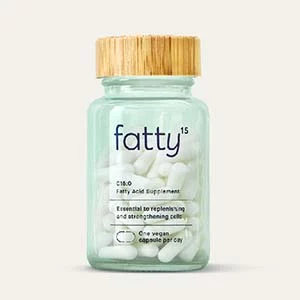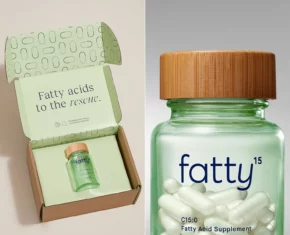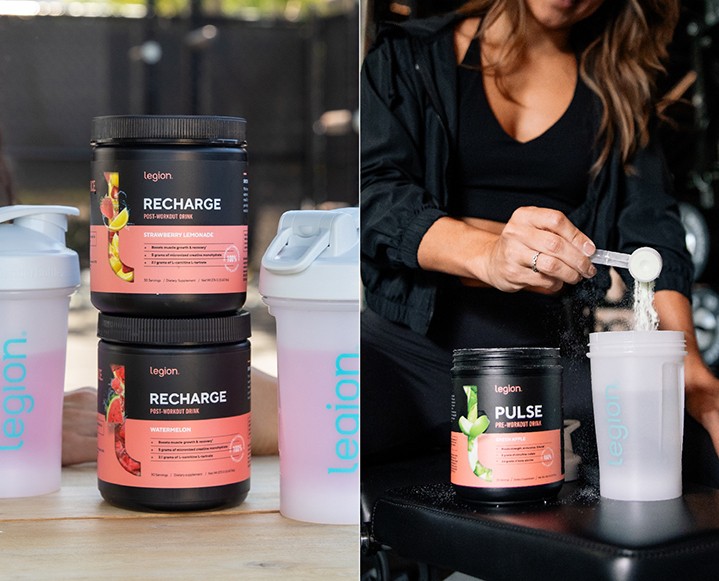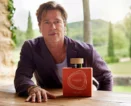Jewelry has a special way of preserving some of life’s most precious moments. We can’t help but swoon over a perfectly delicate wearable treasure — but how many points do diamonds get on the sustainability front? Historically, not many. Mined diamonds have a backstory commonly contaminated with environmental and human rights issues (which is not exactly the kind of love we’re hoping to show). Recently, lab-grown diamonds have started to make their way into the mainstream and they’re shaking up the industry for the better. Sustainability storyteller and co-founder of Noble Media, Laura Piety, is breaking it down…
A few months back I wrote about the new (maybe not new exactly, perhaps trending) terminology that was hitting the sustainability circuit in the form of circular economy — the premise of doing business in a regenerative way that reduces waste and weaves environmental care through the circular lifecyclbeze of a supply chain. While sustainability as a whole within the fashion and clean beauty space has, it seems, become a pre-requisite for doing business, there is one area that is slowly playing catch up: jewelry.
There are a large number of brands moving into the space that are building businesses with transparent value propositions, ones that question the traditional provenance of gold and diamonds. These companies offer environmentally-friendly options, most notably those that are lab grown and/or traceable.
The lab grown diamond space is a quickly growing sector that rose to prominence last year with the FTC’s ruling that dropped the word natural from its definition of a diamond. This led to the qualification of non-mined stones as true diamonds, with the supporting explanation that they have the same optical, physical, and chemical properties as mined diamonds.
Kimberly Haisch, the founder of KBH Jewels, identified a gap in the market, not only for a jewelry brand that centered on modern heirlooms but also those that were sustainable. She launched KBH using only cultivated diamonds and reclaimed gold, citing a desire for environmental consciousness as a key reason. She says, “It is estimated that upwards of 1700 tons of soil is disrupted and displaced to mine for 1 carat worth of diamond. That is equal to roughly ten Manhattan city blocks, in addition to other devastating social and environmental factors that are a part of the diamond mining industry.”
And it’s not just mined diamonds that can pose environmental and human rights issues. It’s the mining of gold as well. Kim continues, “According to the U.S. Environmental Protection Agency’s Toxics Release Inventory, metal mining is the nation’s number one toxic polluter. Gold is one of earth’s natural renewable resource that can be recycled without any quality degradation — so why are we mining for more?”
Irrespective of where we stand as consumers on mined or not mined and recycled, (as I sit typing with mined diamonds on my ring finger), it’s simply another point of consciousness to slip into our consumer habits. Being aware of the options in the space and becoming educated on the differences are great first steps.
For consumers who want to shop jewelry more ethically and sustainably, KBH Jewels is great for elevated everyday go-to’s and special occasion pieces — and their collections extend beyond rings into earrings, bracelets and necklaces.
Their sustainable version of the classic tennis bracelet is made entirely from reclaimed gold and cultivated or lab-grown diamonds.



 Jewelry is a precious marker for some of the most meaningful moments in life. It seems fitting then that a deep sense of care should also apply to the provenance and craftsmanship with which it is made.
Jewelry is a precious marker for some of the most meaningful moments in life. It seems fitting then that a deep sense of care should also apply to the provenance and craftsmanship with which it is made.














